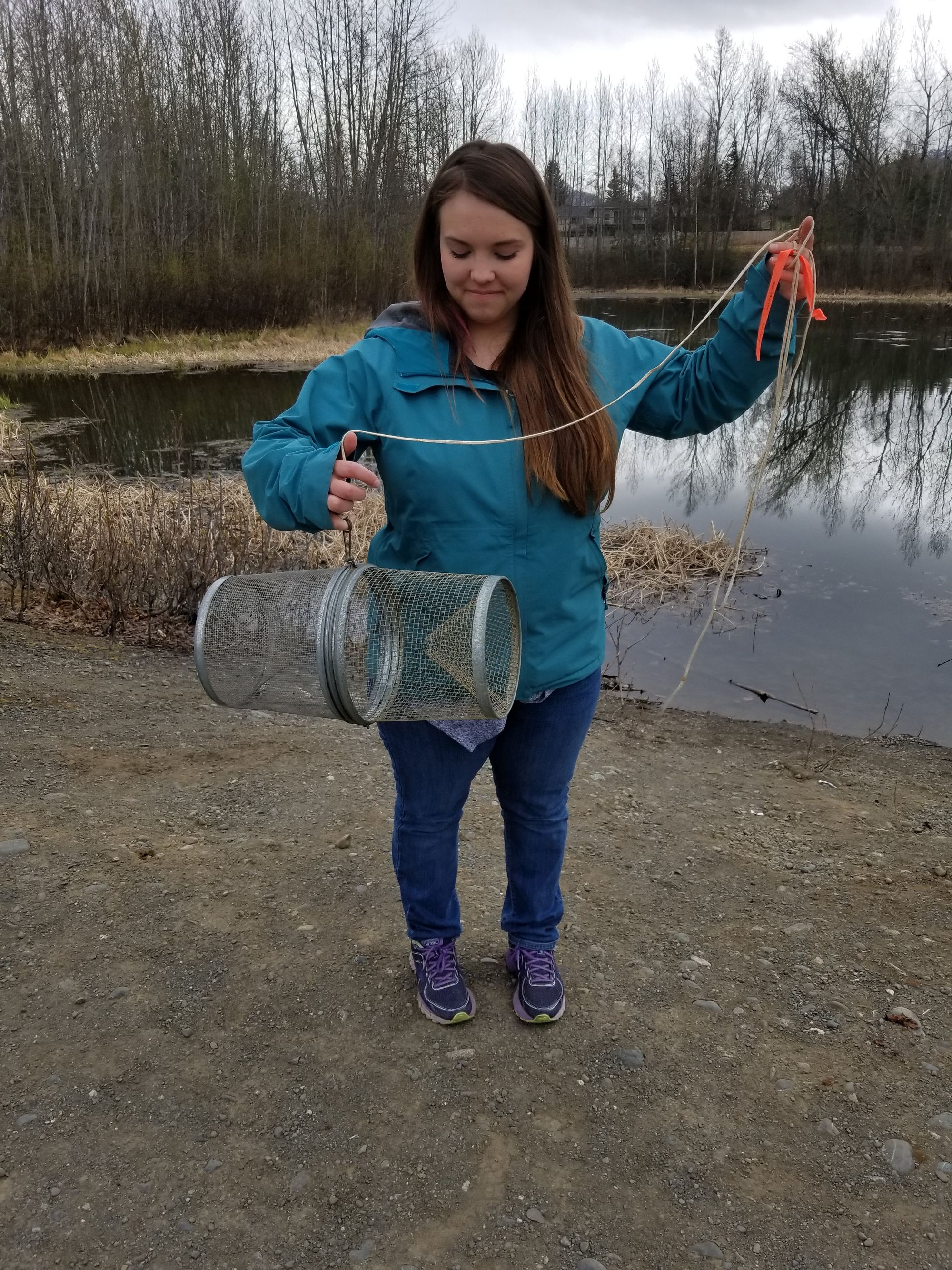About me

Subsistence was intertwined into my childhood in rural Alaska; many families, including mine, relied on hunting, fishing, foraging, and farming for the vast majority of our nutrition. Growing up, my family had very little material wealth, but nature is rich in resources and stories. This connection with the ecosystems surrounding me has fueled my lifelong interest in the life sciences and my desire to protect those environments and the species inhabiting them. My background has shaped my scientific career and research interests: I am dedicated to researching fish health because I have personally seen its importance for dependent human populations and economics. During my undergraduate degree at the University of Alaska, I spent close to three years studying the evolution of Three-spined stickleback fish in relation to their gut microbiome.

I am currently a Ph.D. student at the University of Pittsburgh in the Stephenson Lab, where I have been working on how the host-associated microbiome on guppy skin interacts with Gyrodactylus infection on an individual infection and parasite spread through populations. My research has significant implications for conservation efforts for wild fish populations. Gyrodactylus parasites pose a significant threat to fish populations vital to the economy and ecosystem, including salmon. In 1970, a strain of Gyrodactylus was introduced to Norway's wild Atlantic salmon stock and caused a reduction of up to 90% in over 30 rivers and continues to disturb salmon populations. Understanding the influence of a healthy microbiome on infection may give us a sustainable alternative and enable us to treat or prevent outbreaks of farmed fish that often transmit diseases to wild fish populations.